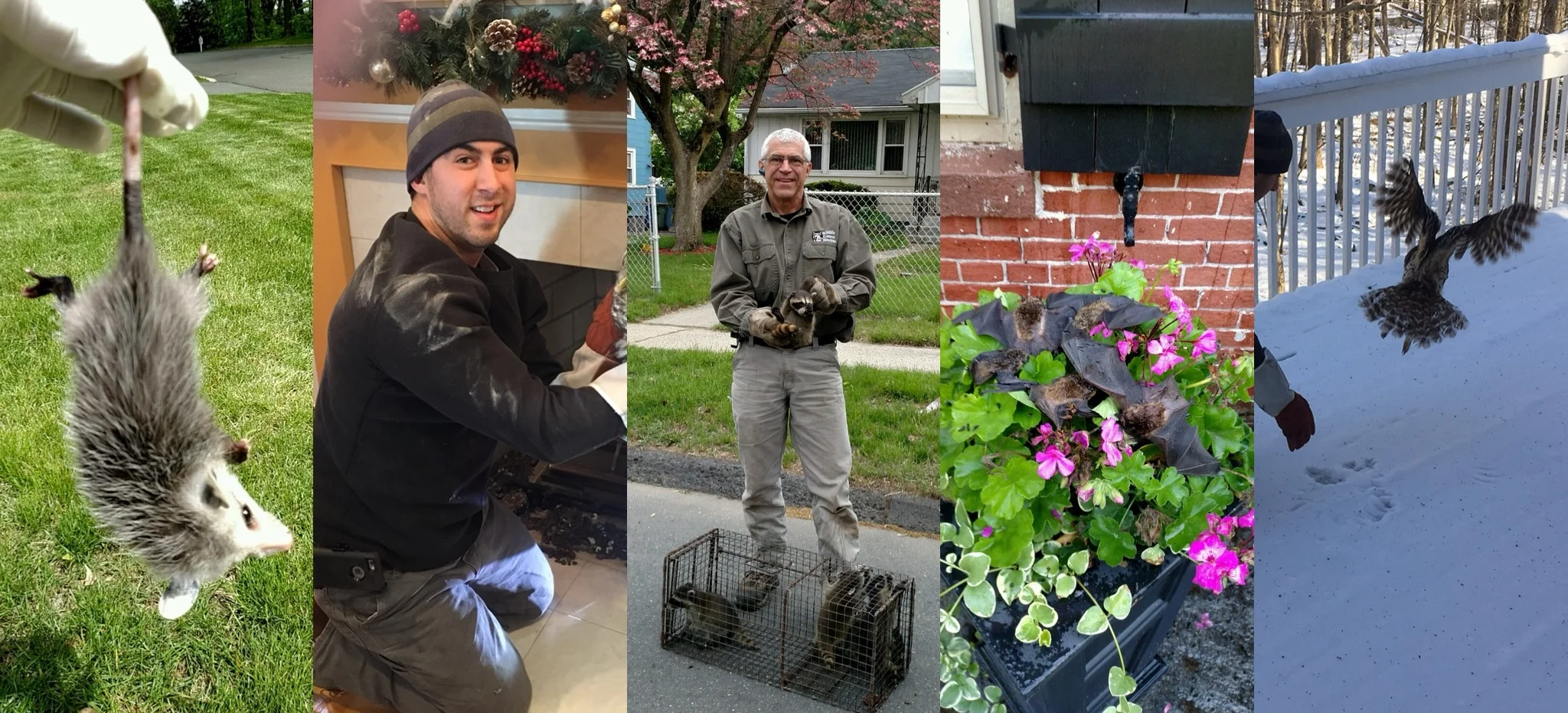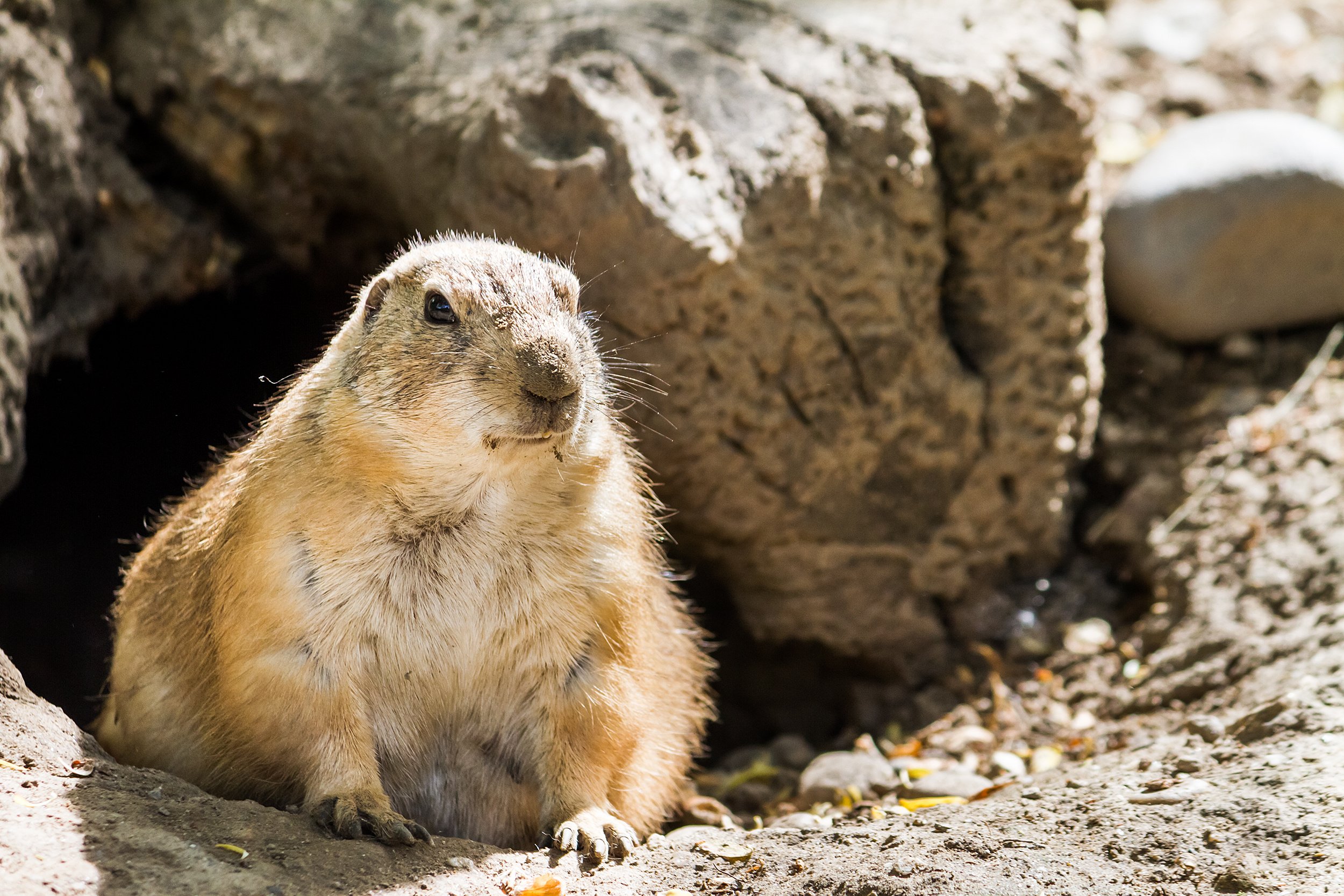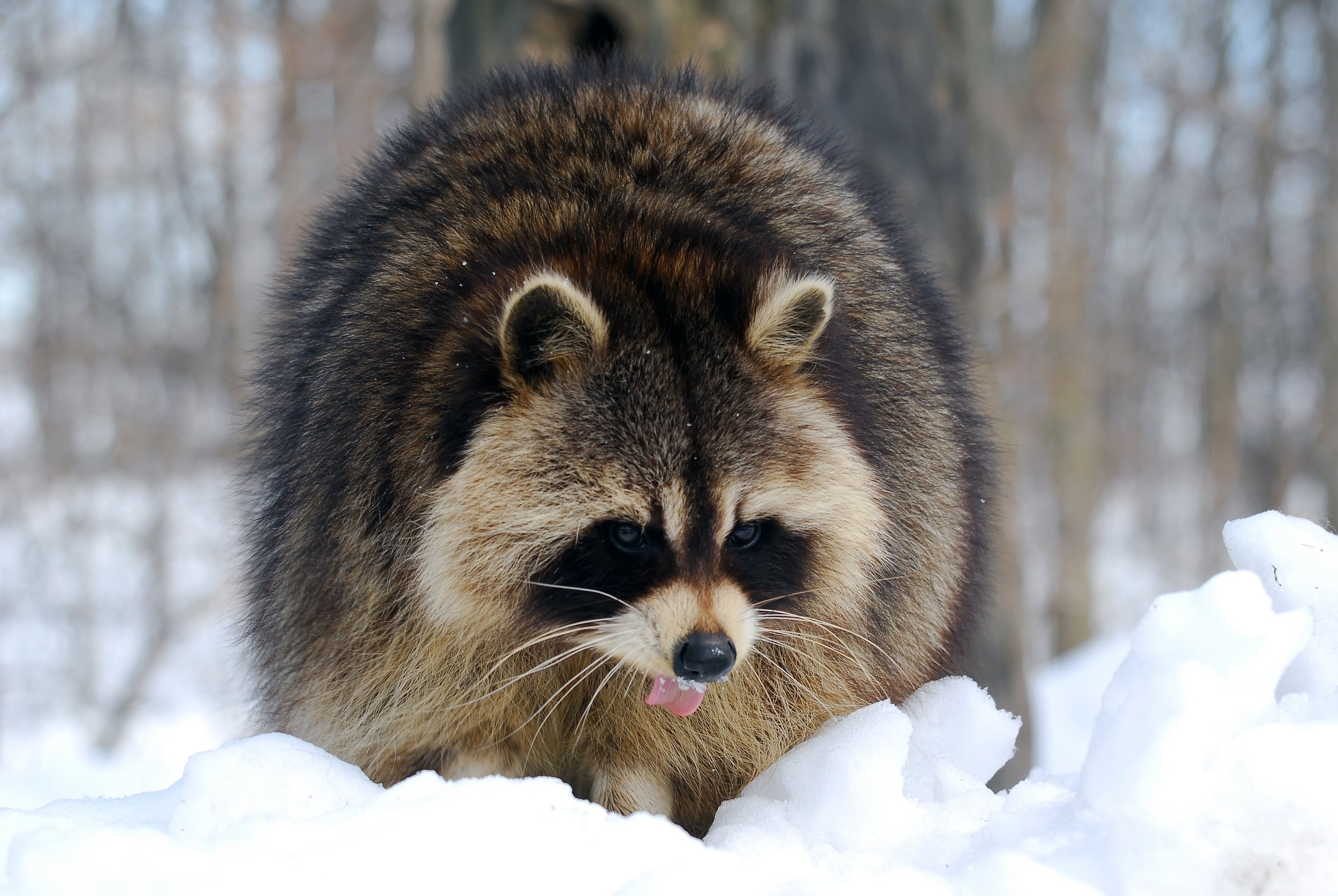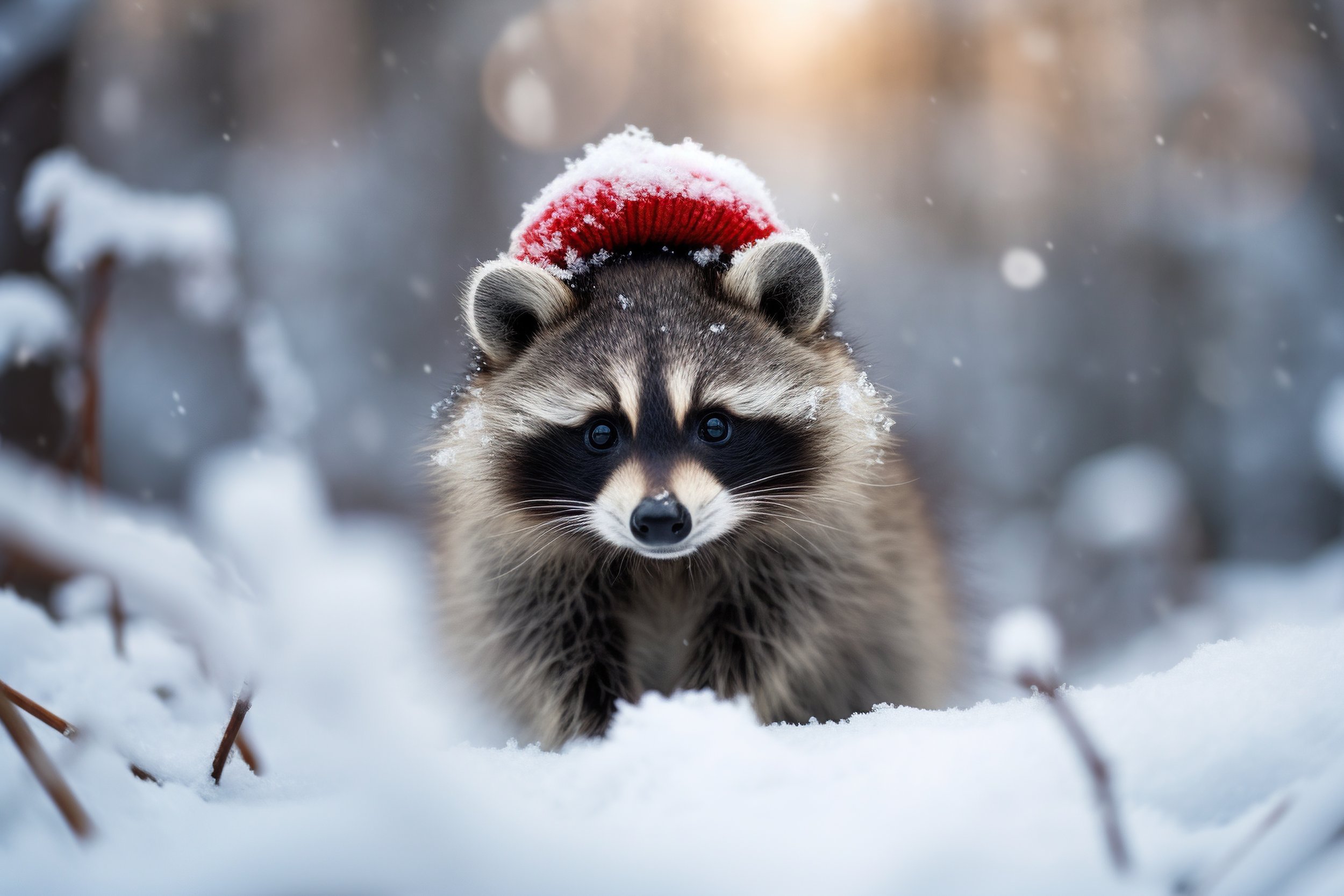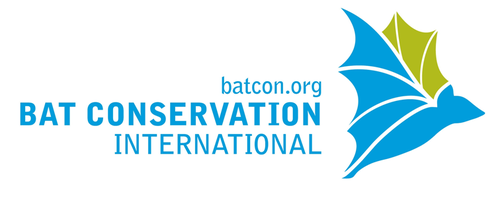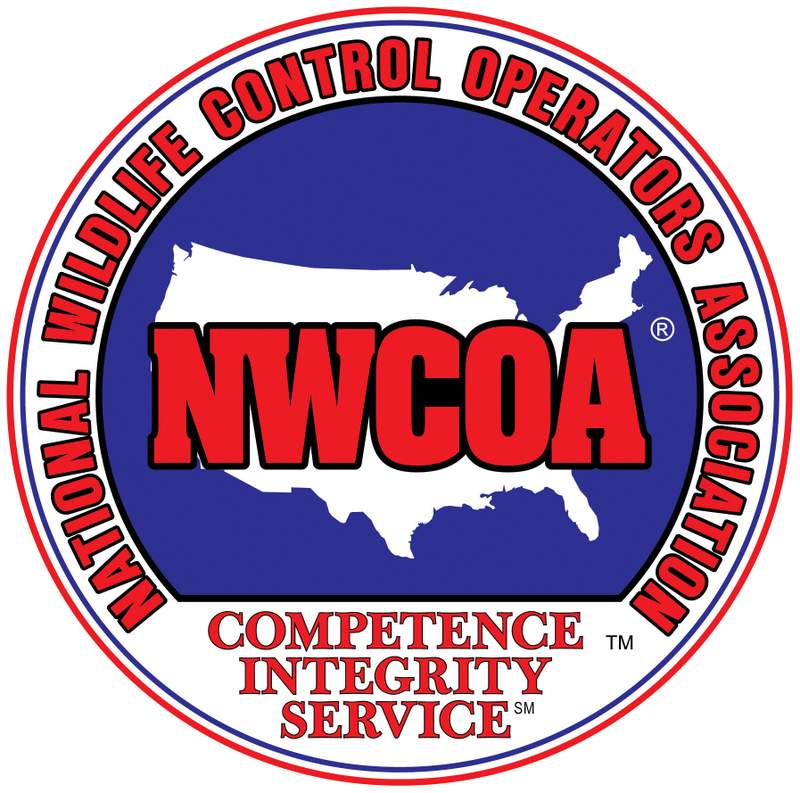As temperatures drop, mice seek shelter in warm spaces—often inside your home. A few small cracks or gaps can quickly become entryways for these unwanted guests. At Wildlife Control Services LLC, we specialize in comprehensive mouse exclusion services to not only remove mice but also prevent them from coming back. Our 1-month exclusion program is designed to seal all entry points and ensure long-term protection for your home.
How Do Mice Get In?
Mice are expert escape artists and can squeeze through a crack as small as a pencil width! If their skull fits, their body follows—making even the smallest gaps in your foundation or roofline a potential entrance. This is why simple trapping isn’t enough; sealing up all access points is key to long-term control.
Signs of a Mouse Infestation
Not sure if you have a mouse problem? Here are some common signs to look for:
✔ Droppings: Tiny, dark pellets in pantries, under sinks, and along baseboards.
✔ Gnaw Marks: Mice chew on wires, food packaging, and furniture to keep their teeth from overgrowing.
✔ Scratching Noises: You might hear movement inside walls, ceilings, or floors at night.
✔ Strong Odor: A musty, ammonia-like smell from urine buildup.
✔ Nesting Materials: Shredded paper, insulation, and fabric hidden in corners or behind appliances.
Why You Need More Than Traps
While trapping helps control an active infestation, exclusion is the only way to prevent future mouse problems. Mice reproduce rapidly—one pair can produce up to 60 babies per year—so sealing entry points is essential to stopping them for good.
Our Mouse Exclusion Program
Our 1-month exclusion service is designed for total mouse control and prevention:
🛠 Step 1: Exterior Inspection & Sealing
✔ We inspect and close all entry and exit points around your home’s foundation and roofline using high-quality materials like excluder (steel wool), wire, and foam to keep mice out.
🐭 Step 2: Targeted Trapping
✔ We strategically place traps in unfinished areas where mice hide, such as attics, basements, and crawl spaces.
🔄 Step 3: Weekly Follow-Ups for One Month
✔ Our team returns once a week for four weeks to:
✔ Check and reset traps
✔ Remove captured mice
✔ Re-bait as needed
✔ Ensure exclusion barriers remain intact
🎯 Step 4: Long-Term Protection
✔ At the end of the service, customers may keep the traps if they choose for continued peace of mind.
How to Keep Mice Out for Good
In addition to professional exclusion, here are some ways to keep your home mouse-free:
✔ Seal Gaps: Regularly check for cracks around doors, vents, and pipes.
✔ Store Food Properly: Keep all food in airtight containers.
✔ Declutter Storage Areas: Mice love hiding in clutter—keep basements and attics organized.
✔ Keep the Yard Clean: Store firewood away from your foundation and trim overgrown bushes.
Call Wildlife Control Services LLC Today!
If you suspect a mouse problem, don’t wait—mice multiply fast! With our expert exclusion services, we’ll remove the current infestation and keep your home protected for the long haul.
📞 Call us today at 860-236-2683 to schedule your mouse exclusion service!
#MiceExclusion #RodentFree #WildlifeControl #HomeProtection #MouseProofing #CallTheExperts

